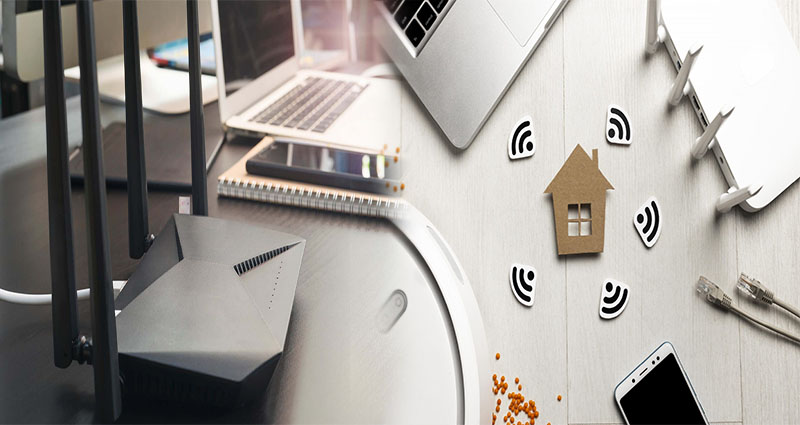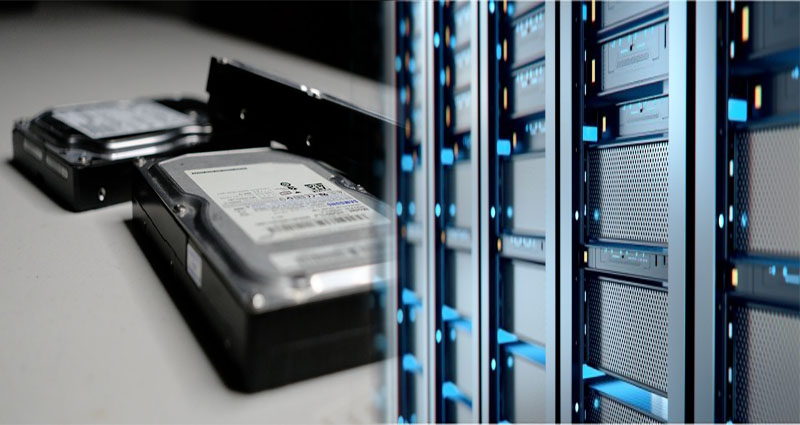Supercharge Your Home Network: Leveraging Gigabit Ethernet and RAID Support for Lightning-Fast Data Transfers in High-Performance NAS
In today’s digital age, where large files, high-definition media, and data-intensive applications are the norm, having a high-performance network-attached storage (NAS) device is essential. Whether you’re a creative professional, a media enthusiast, or simply someone who values fast and reliable data transfers, leveraging Gigabit Ethernet and RAID support in your NAS can supercharge your home network. Let’s explore the benefits and capabilities of these features and how they contribute to lightning-fast data transfers.
Understanding Gigabit Ethernet
Gigabit Ethernet is a networking technology that enables data transfer speeds of up to 1 gigabit per second (Gbps). By providing significantly higher bandwidth than standard Ethernet connections, Gigabit Ethernet can handle the transmission of large files and high volumes of data with ease. Here’s why Gigabit Ethernet is a game-changer for your NAS:
Blazing-Fast Data Transfers
With Gigabit Ethernet, you can experience lightning-fast data transfers within your home network. Whether you’re streaming media, … Read More














